UNDERSTANDING CONNECTIONS
Your Brain Is Swiss Cheese
Filling the Gaps
We often imagine the brain as a supercomputer—a marvel of efficiency and precision, tirelessly processing vast amounts of information. But that metaphor, while comforting, is misleading. In reality, our brains start out more like blocks of Swiss cheese—riddled with gaps, each one a space where understanding has yet to form. As we grow, those gaps slowly fill in, but the process is far from flawless.
Built to Learn
The human brain is a product of evolution, honed over millions of years to ensure our survival in complex, ever-changing environments. From birth, this evolutionary imperative drives us to seek out and absorb information, a process evident in the insatiable curiosity of children. This curiosity isn’t merely a childish trait; it’s a critical feature of our cognitive architecture, designed to help us navigate and make sense of the world.
As we mature, the scope of our information sources expands. Initially, our families serve as the primary architects, instilling in us the knowledge, beliefs, and traditions that have been passed down through generations. As we step into broader social circles—forming friendships, joining communities, and attending school—our brains continue to gather data, refining and expanding our knowledge base. Formal education provides structure, while relationships with mentors and peers offer new perspectives. All the while, the media, social platforms, and our own experiences relentlessly contribute to this ongoing process, though not always with the most reliable or accurate information.
Conserving Energy
But the brain’s remarkable capacity for learning comes with a trade-off. Once a gap in our understanding is filled, another evolutionary mechanism takes over: the drive to conserve cognitive energy. The brain, ever the efficiency expert, prefers to lock in knowledge, avoiding the costly process of reopening and reevaluating settled beliefs. As a result, we grow less curious, less inclined to question what we think we know.
This cognitive conservatism is both a strength and a weakness. It allows us to function efficiently, relying on established knowledge without constantly reexamining it. However, it also makes unlearning—a critical aspect of adapting to new information—remarkably difficult. The brain’s preference for stability often outweighs the need to update or correct its stored information, leading us to cling to ideas that may be outdated, misunderstood, or simply wrong.
Choosing to Unlearn
The brain’s dual nature—its capacity to fill gaps and its tendency to resist change—creates a paradox. On the one hand, our brains are indispensable tools for making sense of the world, constructing a coherent picture from the fragmented data we gather throughout our lives. On the other, this very process of understanding can trap us, locking us into a static view of reality that resists adaptation.
The real challenge lies in recognizing that our understanding is never truly complete. To remain adaptable in a world that is constantly changing, we must be willing to reopen those gaps, to question what we think we know, and to unlearn when necessary. Only by doing so can we ensure that our understanding remains dynamic, flexible, and ready to evolve. In this way, the Swiss cheese nature of our brains—those gaps that drive us to learn—becomes not just a limitation but a pathway to deeper, more resilient knowledge.
